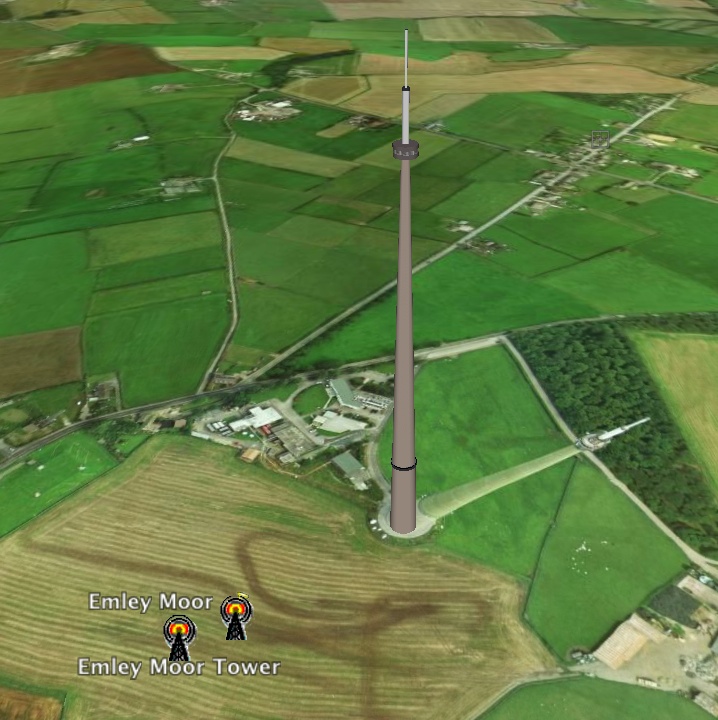July 06, 2007
Making the Most of Interactive Timelines, Maps et al.
At a (not so) recent meeting of the T151, our new in production short course on gaming and interactive media, one of the stories we all thought was important to tell was the evolution of interactive computer games by means of a timeline.
Something like this, for example (taken from xtimeline) - The History of Video Games:
That usable timeline widgets are now readily available is a given - the technology is in place - but that said, I don't really have a good feeling (yet) for how to use them effectively (if they can be used effectively) in an online, e-learning context.
So now I can have a interactive timeline in my course materials.... so what?
And now we can provide our students with a tool to produce their own timelines (for an assessment exercise, maybe?) So what?
Yes - it's using the technology; it may even be using the technology appropriately. But how does it help deliver instruction (?hmmm...) about the History of Video Games, for example?
The same goes for the use of maps, audio clips, video, interactive visualisation tools and so on.
Increasingly, it seems to me that pretty much anything you want or can think of you can embed in a web page!
But how? How can we use these interactive tools effectively?
What would it mean to say the tool has been used effectively, has been used appropriately?
At the OU, we like to think (rightly) that we have a good understanding of how to construct print based, distance learning educational materials - tutorials in print - supported by a network of personal tutors and online forums.
But I'm not so sure that we - or anyone else for that matter - has really got to grips with developing pedagogically sound, compelling and engaging online delivery models.
So here's where I'm stuck at at the moment:
- "Training" people how to add data to maps, create timelines, etc etc is important and something we should be doing. Why? I don't know - maybe because it's a useful online communication skill?
- Using interactive maps etc. is a way of encouraging learners to explore.... errr... explore what, I'm not exactly sure.
- Embedding audio and video in online material breaks up the text and makes use of the medium. It allows learners to hear real voices, see real people. But is that important. Do I need to see Professor XYZ talking about whatever, when I can just read their paper? Or does rich media content break the flow of study (i.e. break the flow of reading print on-screen... Or maybe I printed everyhting off and I'm reading it on paper?)
For example, last week, I gave a demo of Google Earth with an overlay of UK radio masts. When looked at with terrain, you could see the elevation of the sites where the maps were located. Some masts even had 3D models available (like the Emley Moor mast).
This feels to me like it's the right thing to do - if we were teaching about locating radio masts, letting people explore sites they knew about with this tool seems like a sensible thing to do. But justifying it seems harder...
Why is this? Introducing interactive components makes everything an "activity", which means giving up some sort of control we have over our students. To make the activity relevant, we need to associate some sort of learning outcome to the activity, and ideally provide some sort of objective or self-assessment to provide a goal based focus for the activity.
Which is where I personally tend to come unstuck, I think...
[I also think that there is something "experiential" afforded by interactive components, but I need to spend a bit more time (that is - some time, period;-) mulling this over... Trying to justify building mashups as community oriented, experiential learning activity might be interesting! (starting point? Constructing Experiential Learning for Online Courses: The Birth of E-Service.]
If you believe - as I do - that "only everything is important", narrowing down the focus for a learning objective can be quite hard to do (especially if you acknowledge that each of our very different individual students has their own interests, their own goals, their own expertise and experience and even more so if you want to provide each of them an experience that is meaningful, relevant and appropriate to them even if that means that the experience of the activity is different for each student).
Looking at the image above, I could happily turn the exercise into a consideration of radio propagation, how to construct the 3D model of the mast, the format of the KML file that is used to overlay the radio mast icons, the algorithms involved in orienting the perspective of the scene (tilting the map!) in Google Earth, the distribution of settlements around the mast, the immediate risks and emergency access routes in the event of the tower becoming unstable etc etc.
Which is to say, the point of the activity for me would really just be saying: look at what's possible with this technology. Use it....* - for something, anything...! And here's one example of how we might use it in this case... (*where appropriate...) The important thing is not necessarily knowing how to do something, but that it is possible within certain limits. It is possible to plot masts on a map and generate radio propagation maps. But it's not necessarily important that you know how to do it.
See also:
- More Timelines: oneTimeLine and the BBC British History Timeline
- Google Maps and Timelines - Side by Side
